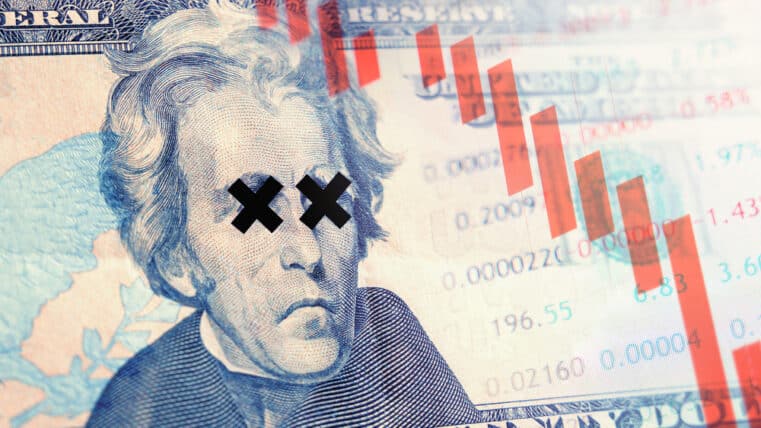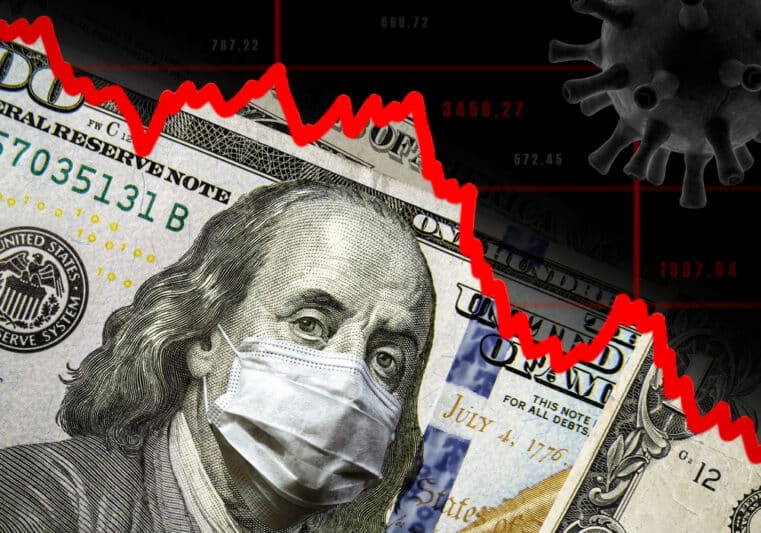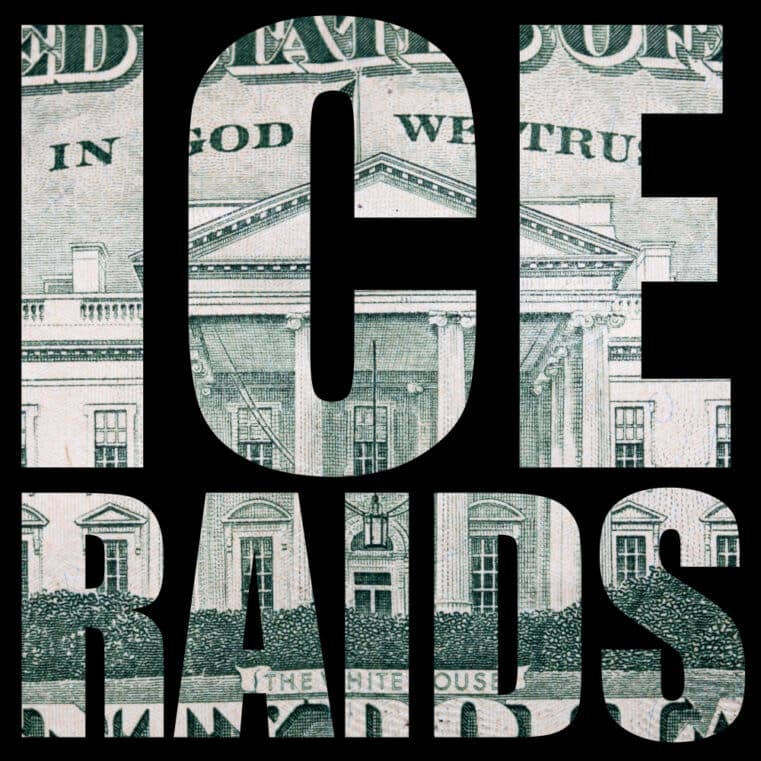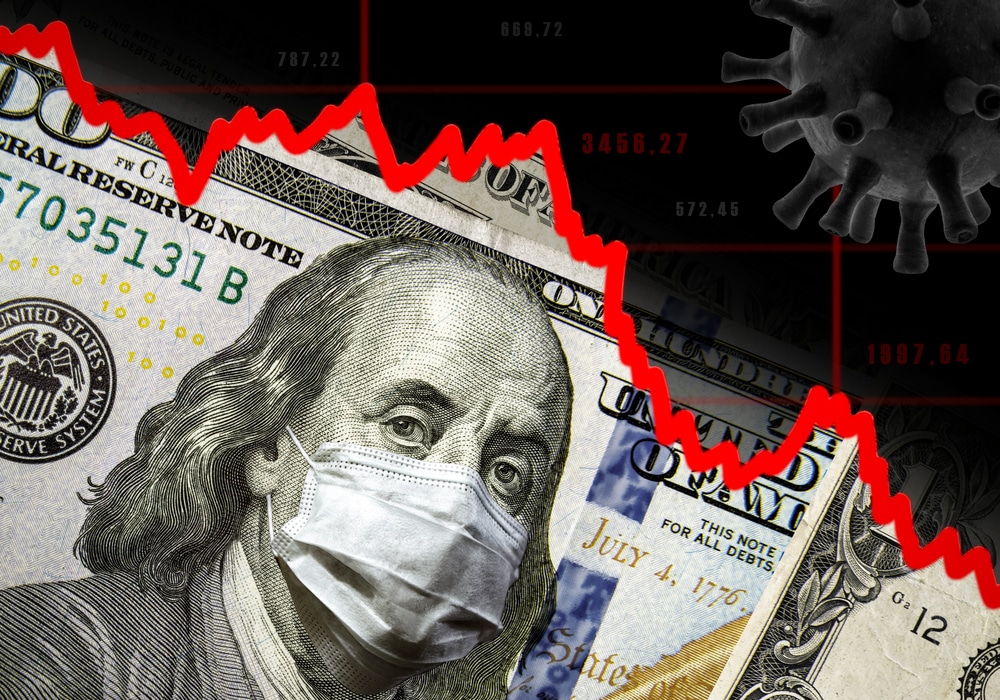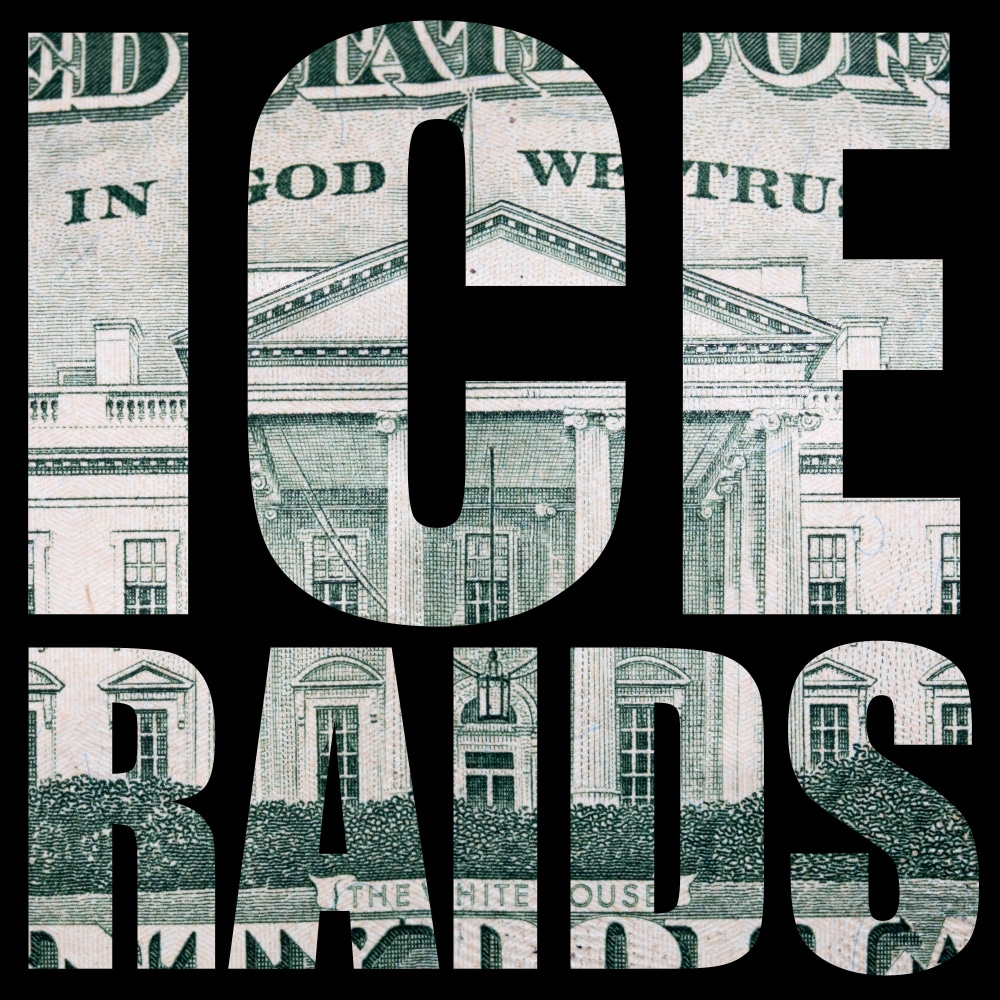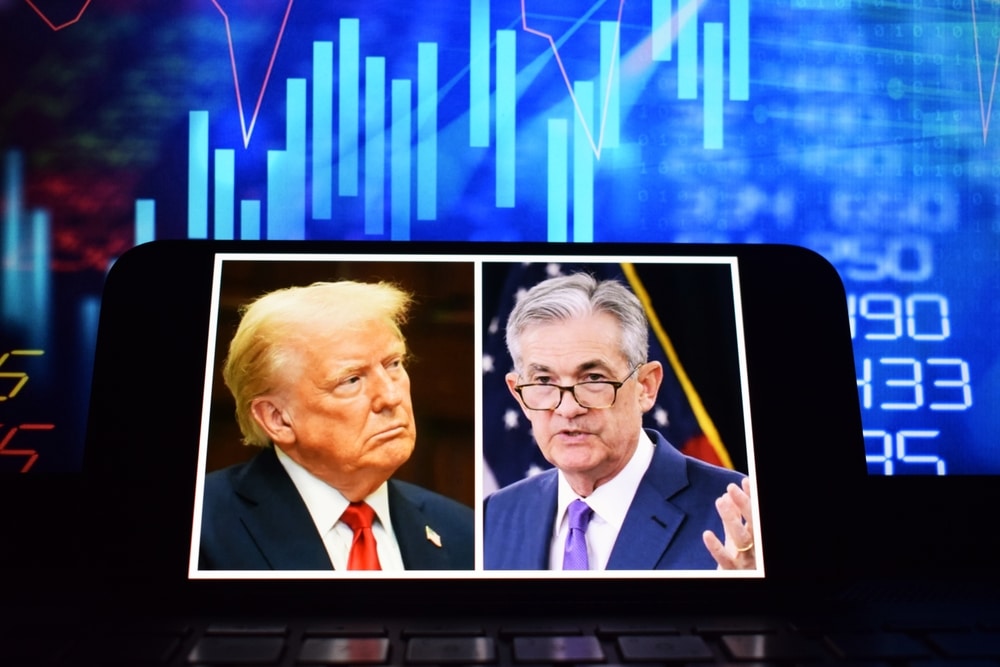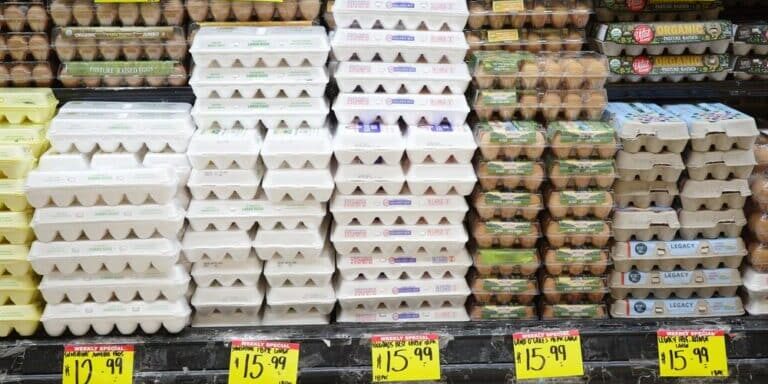
Cracked Shells and Empty Lies: The Real Reason Egg Prices Are Skyrocketing
The Price Hike Psyop
You’ve probably noticed it—$6 for a dozen eggs? And what’s the government doing? Launching investigations, finger-pointing at “monopolies,” and feeding you talking points from the Department of Propaganda (aka the DOJ and FTC). Senator Jack Reed and AG Ken Paxton are parroting the same tired narrative: it’s all Cal-Maine’s fault. Never mind that this is just a scapegoat strategy designed to distract you from the deeper rot.
The mainstream wants you to believe a few big producers suddenly turned villainous. As if overnight, a cartel of egg lords woke up and said, “Let’s rob America blind.” Convenient, huh? But let’s apply a little thing they hate—logic. Why weren’t they “greedy” two years ago? What changed?
Here’s the truth: prices didn’t rise because of collusion. They rose because the government wrecked the supply chain (again), let a bird flu decimate livestock with little preventative infrastructure, and printed trillions of dollars, then acted shocked when inflation reared its ugly head.
Bird Flu and Broken Economics
More than 130 million egg-laying hens wiped out since 2022. That’s not a rounding error—that’s a strategic catastrophe. And while the flu was real, the response was a bureaucratic trainwreck. Instead of fortifying supply chains, the government focused on witch hunts and press releases.
Eggs are inelastic—people buy them no matter what. Fewer eggs + same demand = higher prices. That’s Economics 101, not “Monopoly 2025 Edition.” Yet while shelves emptied and prices surged, the DOJ dropped a $53 million hammer on Cal-Maine for “price fixing.” Meanwhile, your grocery bill keeps ballooning.
Let’s not forget, inventories were down 29% by the end of 2023, and the price spike was a direct mirror of that collapse. Prices fell 22% this March, but not before the media ran wild with monopoly hysteria. This isn’t just economic ignorance. It’s willful misdirection.
Profits, Panic, and the Supply Game
Yes, egg companies made bank. But let’s not twist cause and effect. When supply drops and demand stays put, prices rise. The companies that survive the chaos profit—not because they’re evil—but because they’re still standing.
Bigger firms like Cal-Maine had the reserves to weather the bird flu storm. They didn’t conjure up high prices from thin air; they rode the wave of scarcity. That’s not exploitation—it’s market mechanics. You want cheaper eggs? You need more chickens. But guess what discourages farmers from expanding production? Government price controls and regulatory harassment.
The mob wants price ceilings. Great idea—if you like Soviet grocery stores and empty shelves. Artificially low prices mean more demand and no incentive to boost supply. That’s not just economic suicide—it’s a blueprint for food shortages.
Empty Shelves, Full of Lies
Even as prices eased, shelves stayed empty. Why? Because supply still hadn’t caught up. Monopolies don’t starve their customers; they bleed them slowly. What we’re seeing here is a system scrambling to recover, not cartel economics.
And yet, the state’s solution is always the same: more investigations, more regulations, more central planning. They’d rather burn the village to save it than admit their own policies caused the fire.
The Bottom Line: It Ain’t Greed—It’s Government
Egg prices didn’t explode because of capitalist villains. They surged because of centralized incompetence and the refusal to let markets breathe. This is yet another example of the state breaking your legs, handing you crutches, and demanding gratitude.
Stop buying the narrative. The real predators wear suits and wield subpoenas, not pitchforks and poultry feed.
🔥 Call to Action
Want to protect yourself from the next food crisis or financial meltdown? Download "Seven Steps to Protect Yourself from Bank Failure" by Bill Brocius and start reclaiming your autonomy before it’s too late.
Stay sharp. Stay free. And never trust a man who tells you inflation is your fault.




